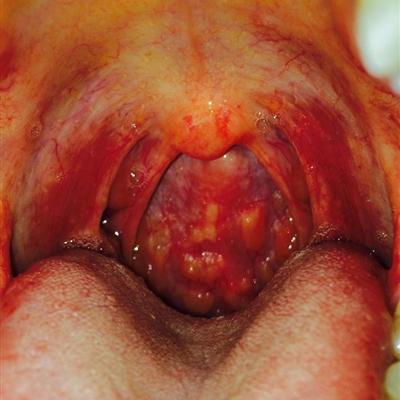Should perineal hernia be treated?
summary
Perineum is the whole soft tissue structure below the diaphragmatic pelvis to close the pelvic outlet. The connection of bilateral ischial tubercles divides the perineum into two triangles: the front is called urogenital triangle, which is closed by urogenital diaphragm. Then, does any patient propose to treat perineal hernia?, Today I'd like to share this with you.
Should perineal hernia be treated?
First: transabdominal perineal hernia repair: the advantages of this method are clear exposure, reliable treatment of hernia sac, especially the incarceration and strangulation of hernia contents. The patient was supine with head down and made a median incision beside the lower abdomen. Carefully explore the pelvic floor, especially the prone site before and after the broad ligament, and use saline gauze pad to separate the intestinal tract to expose the hernia. The contents of the hernia were carefully pulled out from the hernia ring, and were sent back to the abdominal cavity after checking for strangulation and necrosis. After the hernia sac was dissociated, it was turned over to the pelvic cavity and the neck was sutured through to remove the redundant hernia sac; If the hernia sac is difficult to free and turn into the pelvic cavity, purse string suture and ligation can be performed at the neck of the hernia sac. If the muscle gap is small, the defect can be closed directly; If the muscle fissure is large, the lower end of the broad ligament can be sutured with the uterorrectal ligament, or part of the rectal wall can be sutured to strengthen the repair. In recent years, some scholars reported that the effect of using Marlex mesh to repair perineal hernia is satisfactory.

Second, take the bladder lithotomy position through perineum and perineum hernia repair, make a "U" shaped incision on the skin and mucosa line of the affected side of the labia, cross the perineum from the opening of the vestibular gland to the same point on the opposite side, sneak away to the hernia sac, separate and remove the hernia sac. High position sewing and repair should be done as far as possible. The advantages of this method are small trauma and easy access to hernia sac. However, it is difficult to repair because of small field of vision. If necessary, combined transabdominal approach can be used for the reduction of hernia, high ligation and repair of hernia sac.

Third: laparoscopic repair of perineal hernia: laparoscopic surgery has a history of more than 20 years, but the application of laparoscopic repair of perineal hernia has only been reported in recent 2-3 years. The incision is small, the injury is light, the pain is not serious, and the recovery is fast.

matters needing attention
Patients with perineal hernia after hysterectomy should eat a light diet, easy to digest, less dross, so as to avoid the increase of defecation frequency. Patients with habitual constipation or poor defecation should usually eat more vegetables and fruits containing more cellulose to keep their feces soft. Do not use too much force or squat too long when defecating. When adults defecate, the posture should be inclined, not upright, pay attention to diet, avoid constipation or diarrhea. What should patients with perineal hernia not eat after hysterectomy? Patients should not eat stimulating food, such as spicy oil, mustard, pepper, etc; Not too greasy to eat; Not suitable for hairtail, crab and other hair.













